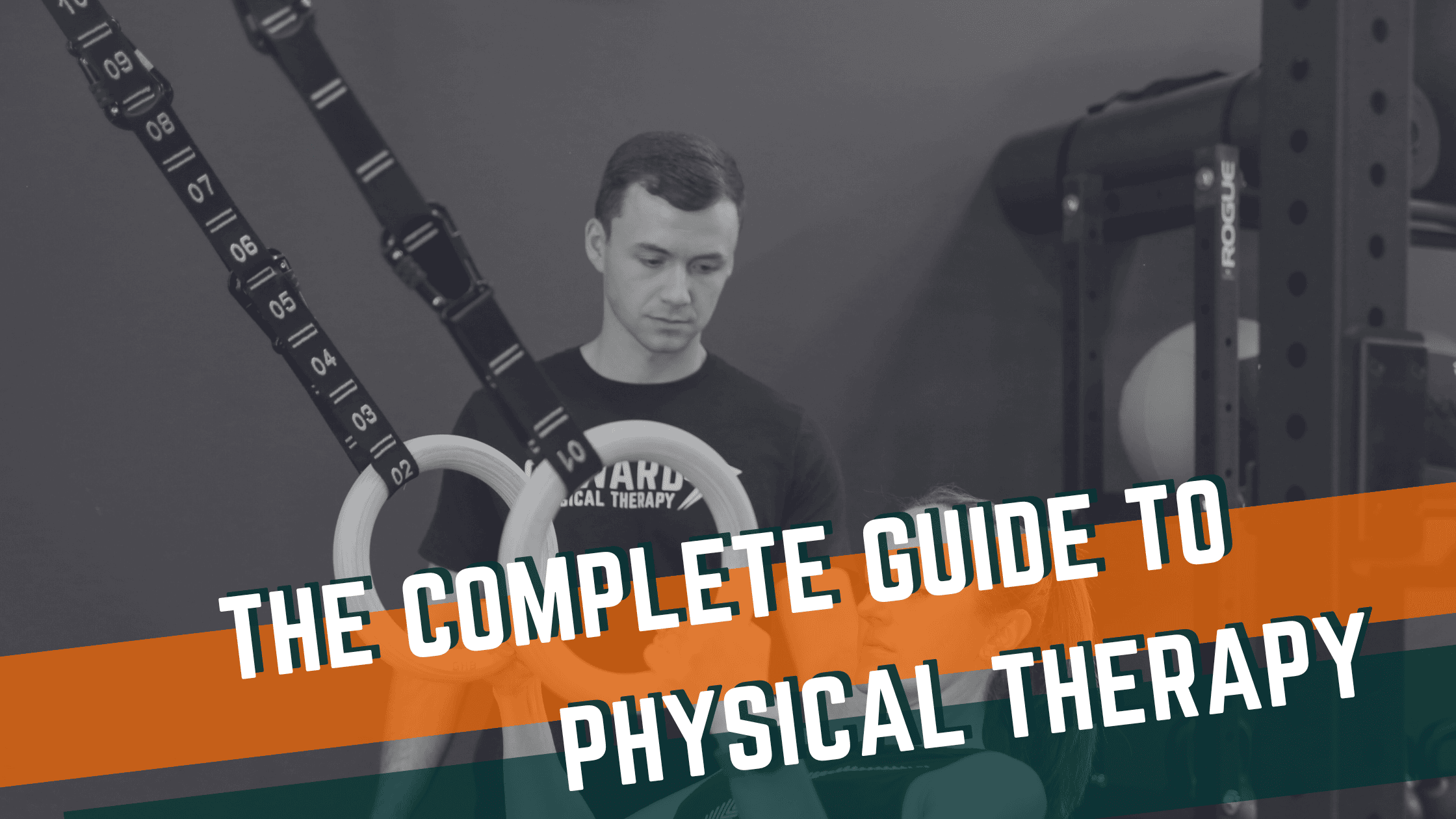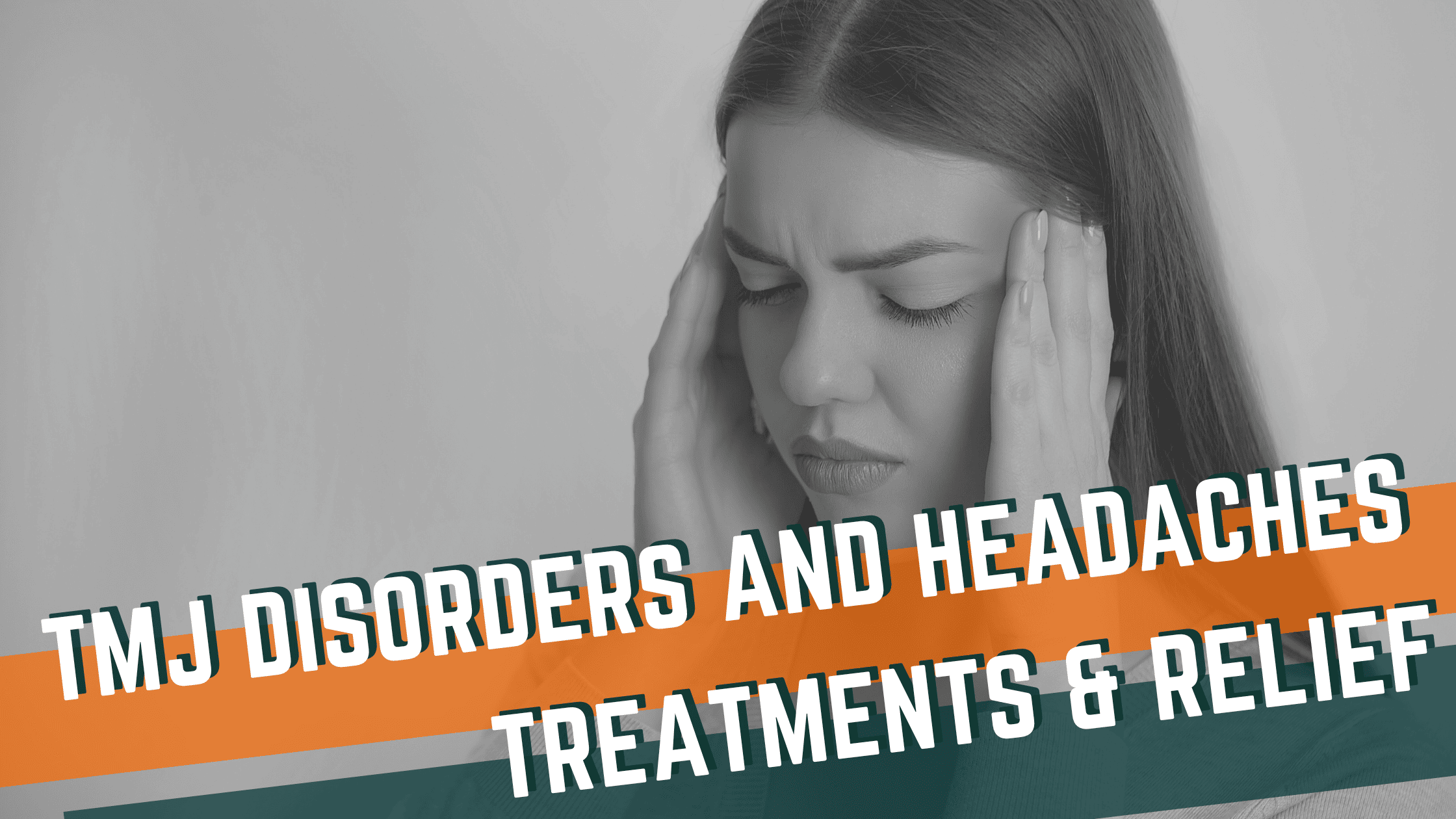
The temporomandibular joint (TMJ) is a joint that connects your mandible to your skull, and allows your jaw to move open and closed during speaking or eating. “TMJ” is a widely used term and encompasses a broad group of health conditions that refer to the jaw. Instead, “TMD,” or temporomandibular disorder, is a term used to describe the dysfunction that comes with it.
Common symptoms of TMJ disorders may include:
- Clicking, grinding, popping, or locking of the jaw during mouth opening or closing
- Facial pain, ear pain, and/or headaches
- Difficulty opening or closing the jaw
- Difficulty talking or eating due to jaw discomfort or lack of jaw motion
TMD is complex in that it may not have one specific cause. However, research has shown TMD is correlated with increased parafunctional habits such as nail biting, teeth grinding, or clenching. Additionally, long dental procedures, malocclusions, misaligned bites, or some evidence points to even mouth breathing and the development of the oral cavity at a young age could cause some individuals to be prone to TMD.
TMJ & Headaches
Headaches are also a common condition associated with temporomandibular disorder (TMD), as about 80% of people with a TMJ disorder develop headaches due to referred pain. TMJ disorders cause headaches because the temporomandibular joints are located on the head. Pain that starts in one area of the body doesn’t always stay in one place; oftentimes, the pain that starts in the TMJ area can spread to other parts of the head, causing TMJ-related headaches.
TMJ headaches are different from other headaches in the way that they are caused by TMD, which presents itself as a headache sometimes even before TMD symptoms come on. Many times, these TMJ headaches won’t go away until the TMD symptoms have been resolved, although they can mimic the symptoms of a tension-type headache. If someone is experiencing TMD symptoms, as mentioned above, in conjunction with a headache, this is a common sign that you could be experiencing a TMJ Headache. However, it is not always clear, which is why consulting a medical professional that treats TMD is always advised.
The research states that by treating and improving TMD signs and symptoms, we can also improve TMD headaches symptoms associated with TMD. Physical Therapy is also the gold standard for treatment due to its non-invasiveness, inexpensiveness, elimination of pain, and improvement in quality of life for many individuals.
Some other common TMD treatments for these conditions are:
- Patient Education
- Splint Therapy
- Psychological Interventions
- Medications
Think You’re Experiencing TMJ Headaches?
If you are experiencing any of the TMD symptoms stated above, it is advantageous to see a healthcare provider as early as possible to decrease the chances of developing TMJ Headaches symptoms or becoming a chronic problem that can take much longer to resolve. Due to how non-invasive and inexpensive physical therapy is, with consistent improvements in symptoms and function, it is commonly recommended as the first line of defense to TMD.
Recent Articles
Why Early Intervention Physical Therapy Accelerates Your Recovery
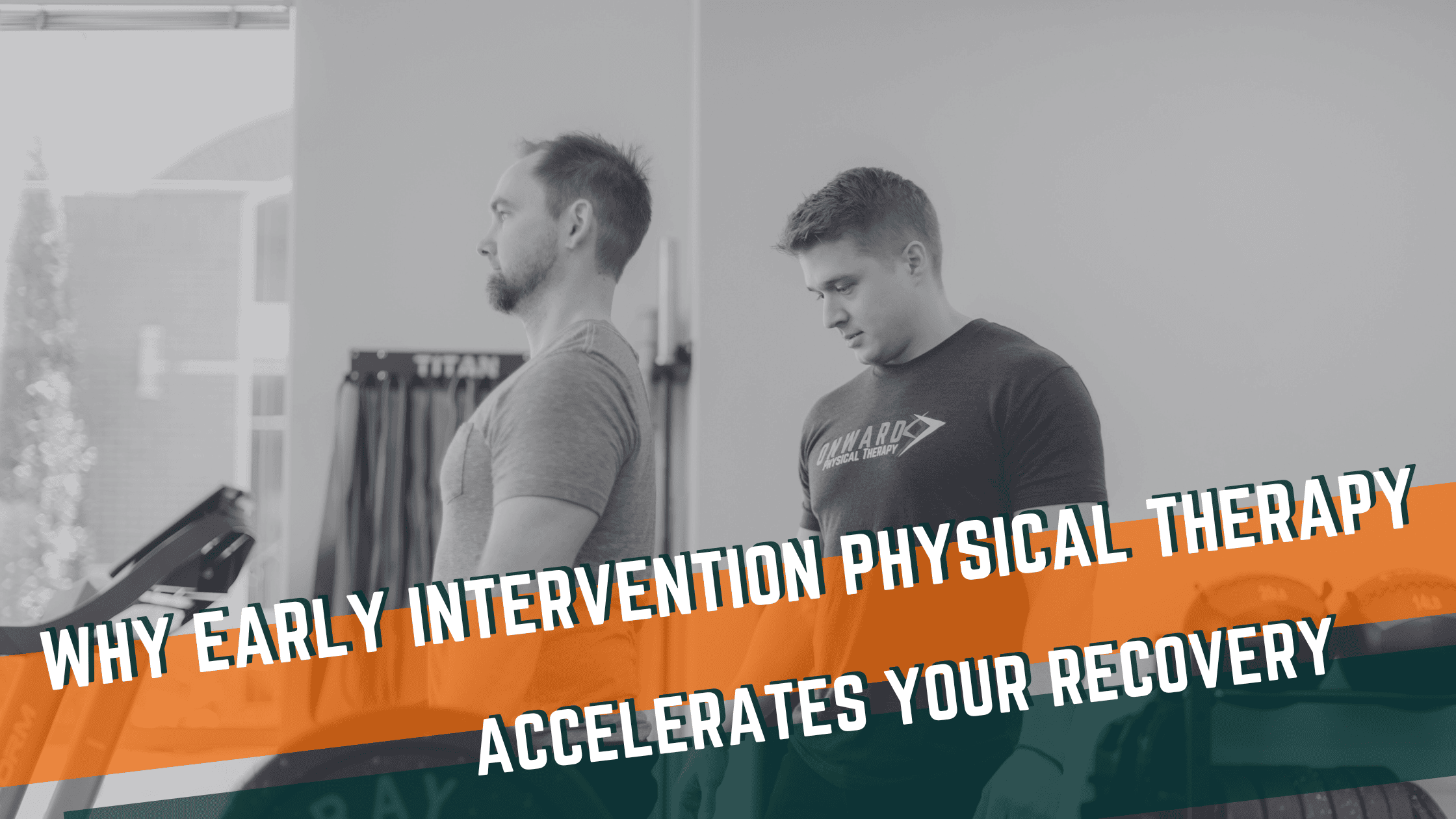
What to Expect at Your First Physical Therapy Session?

How to Choose a Physical Therapist
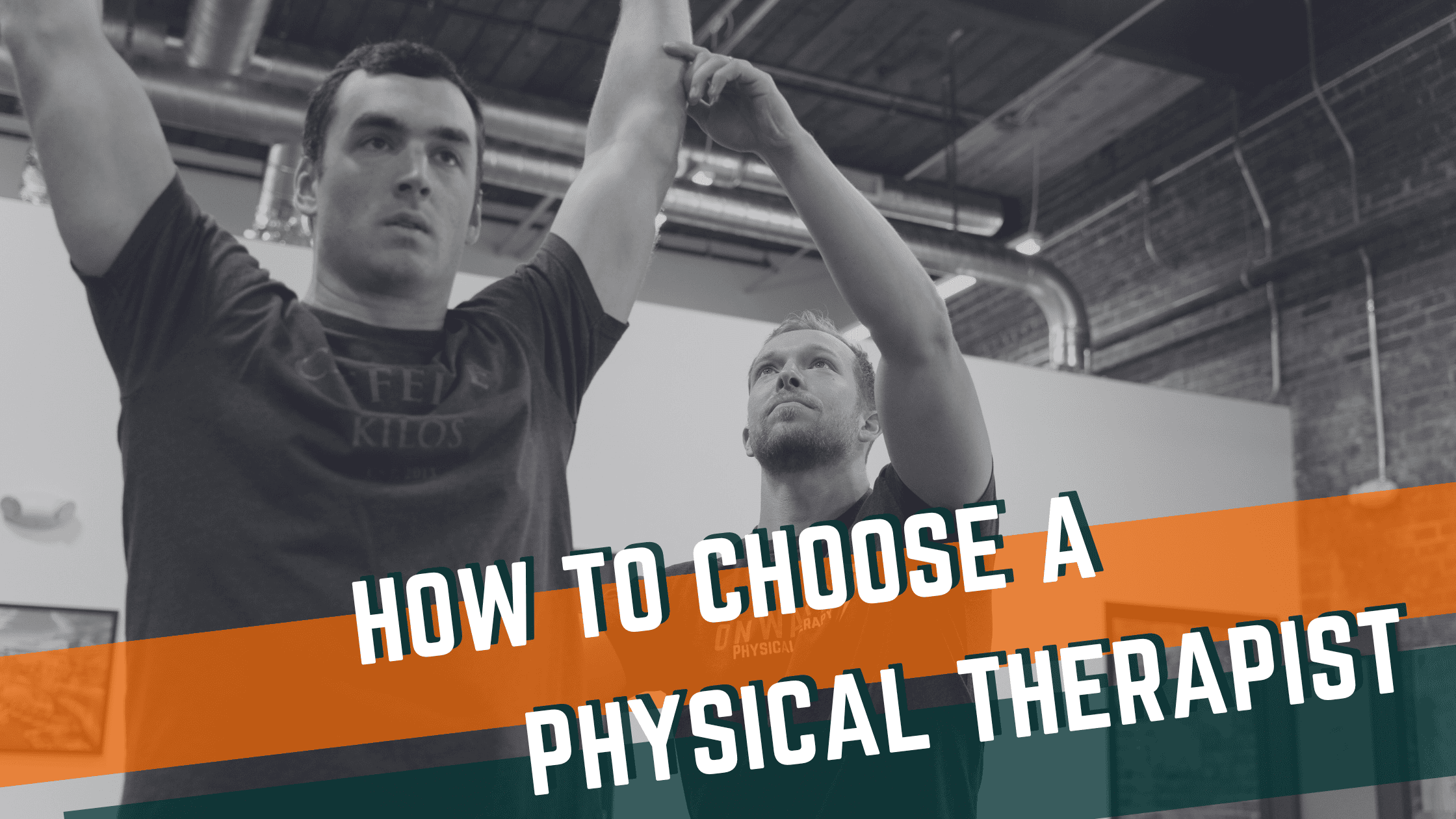
The Top 5 Misconceptions About Physical Therapy
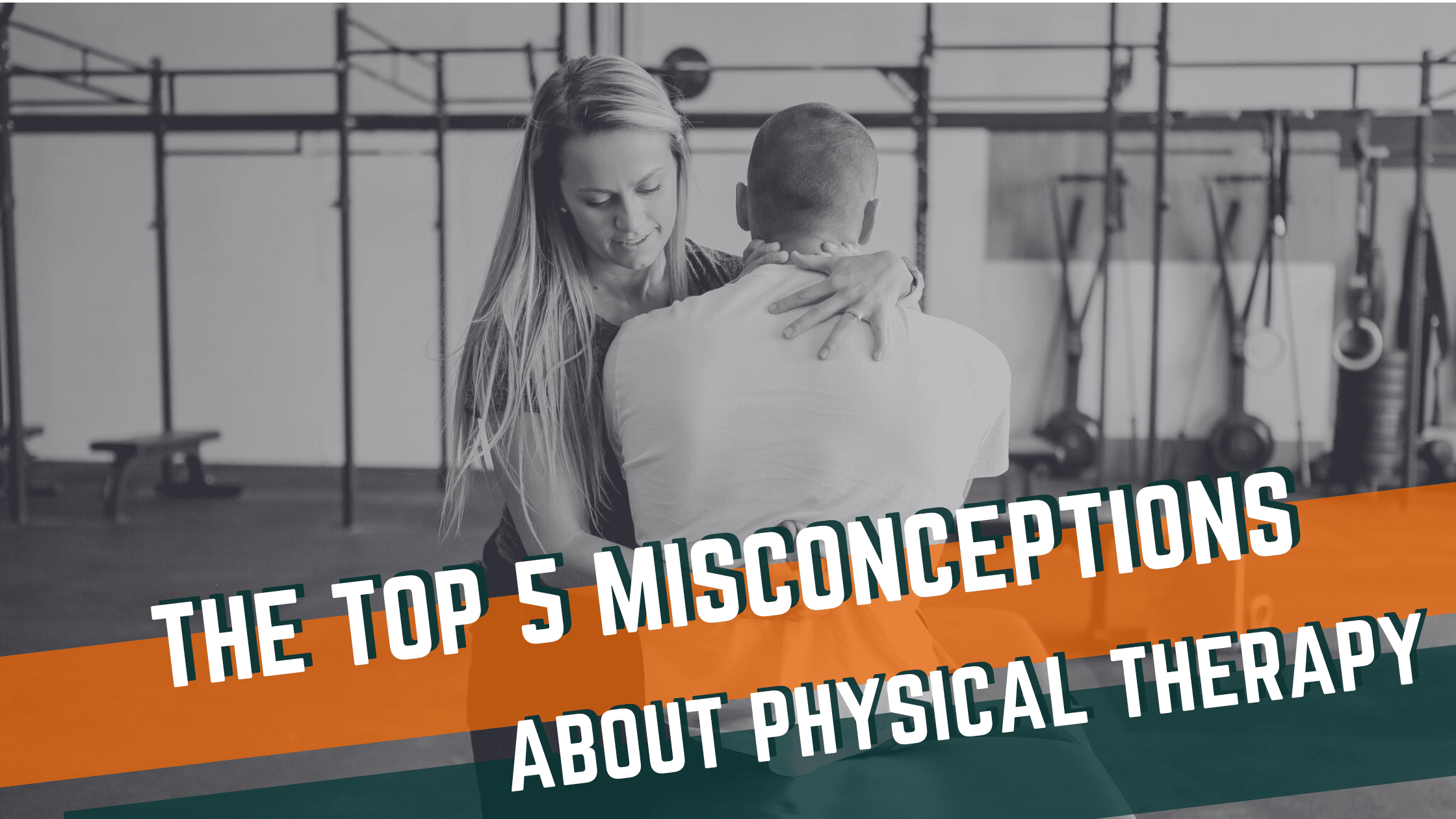
The Complete Guide to Physical Therapy
